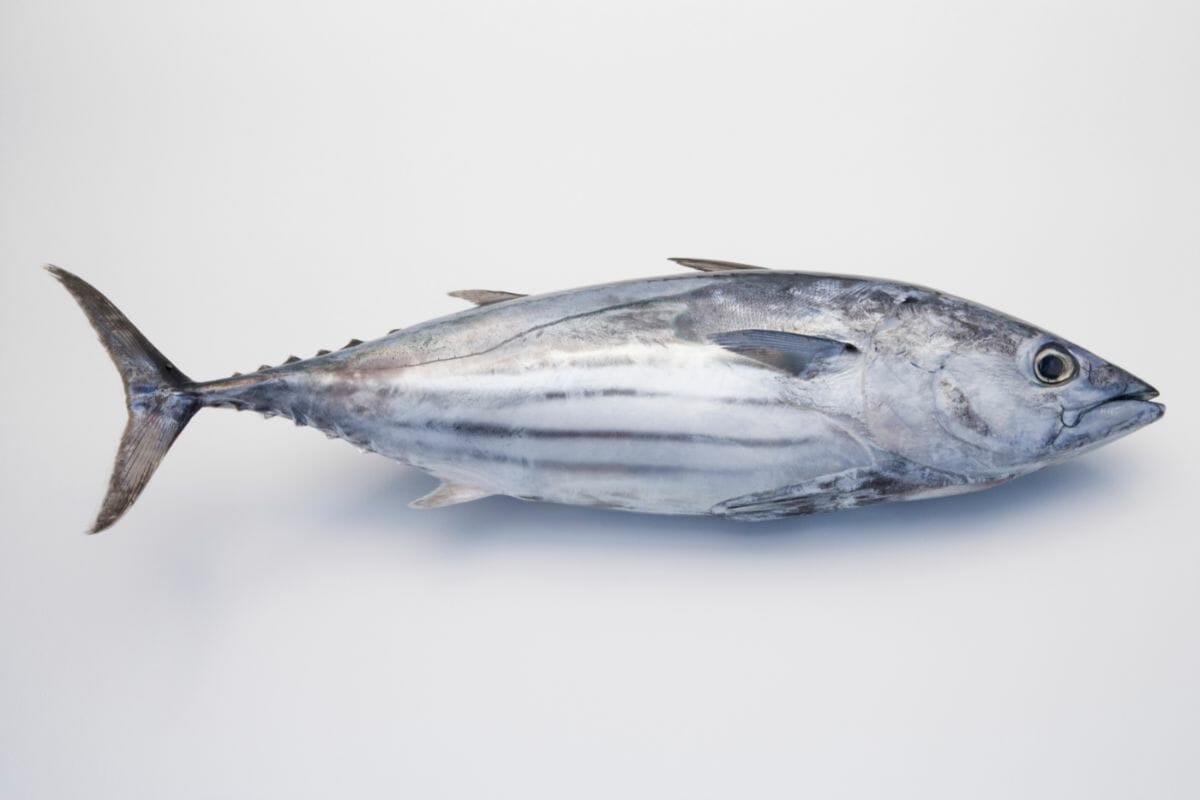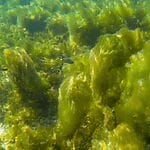People have been promising us for years that consuming fish is healthy, but what kind of fish is the best to eat?
It turns out that tuna is excellent seafood that provides several health advantages.

Additionally, it may be consumed in several forms, including raw, cooked, and even canned.
Even though there are 15 species of tuna, there are several subspecies within each species. Here are some of the most common species of tuna.
Longtail Tuna
Thinner than other tuna species, the longtail tuna is sometimes known as the Northern bluefin tuna. It is also distinguishable from other species because of its shorter fins.
The populations of longtail tuna inhabit both the Indian Ocean and the Pacific Ocean. It is four feet in length and weighs eighty pounds, making it of average size.
Unfortunately, the longtail tuna population is threatened by overfishing.
This is because they mature slowly and live longer than other tuna species, resulting in a lower reproductive turnover rate.
Blackfin Tuna
These are smaller species of tuna. These small guys only grow to a length of three feet and a weight of forty-five pounds as adults.
Even though they are indigenous to the Atlantic Ocean, blackfin tuna may be found in New York City and Rio de Janeiro, Brazil.
To effectively reel in a blackfin tuna might need some time and effort. They will fight back whether you use live or artificial bait, so be ready.
Once captured, though, blackfin tuna makes for a delicious meal, and a single fish may offer enough food for a large number of people.
Pacific Bluefin Tuna
The Pacific bluefin tuna is the biggest species of tuna and is commonly referred to as “the king of tuna.” Its maximum length is 10 feet and its maximum weight is one thousand pounds.
This is the type of tuna that most people think of when they hear the term “tuna,” even though there are several other types of tuna.
The Pacific bluefin tuna is the topic of several intriguing tidbits of data.
They are a species of fish known as pelagic, which means they do not swim on the ocean floor or along the shore; instead, they swim in the open ocean.
The Pacific bluefin tuna is commonly utilized in sashimi recipes due to its exquisite taste.
There is such a tremendous demand for them in Japan that they are regularly sold at auction for astronomically high amounts.
Skipjack Tunisian Tuna

The name of this tuna was derived from the animal’s habit of skipping and hopping when swimming through the water.
Additionally, skipjack tuna are distinguished by the presence of black lines on their bellies.
They reach maturity at a length of three feet and a weight of around sixty pounds, making them rather small creatures.
Skipjack tuna populations have been documented in both the Atlantic and Pacific Oceans.
Although skipjack tuna may be consumed on its whole, it is most usually seen in canned form. If a can of tuna is labeled as “chunk light tuna,” it will almost probably include skipjack tuna.
Yellowfin Tuna
This tuna is easily distinguished by its yellow fins, which is how it got its name.
Although yellowfin tuna are found in the Atlantic Ocean, the Pacific Ocean is home to a far larger population.
They are capable of reaching 6 feet in length and 200 pounds in weight, and they thrive in the warmer waters of Thailand and the Philippines.
When coupled with bigeye tuna, the name “ahi” refers to these two species. If you order a poke bowl or sushi roll, the food you receive will likely include ahi tuna.
Yellowfin tuna may also be consumed on its own since it chars beautifully when cooked on a grill or in a skillet.
Little Tunny
False albacore is another name for little tunny tuna, as the two species have many physical characteristics.
On the other hand, this fish is rather little, since it is just around 2 feet in length and weighs about 30 pounds.
Little tunny populations exist in both the Pacific and Atlantic seas. Even though they are edible, little tunny is typically used as bait for larger tuna.
Albacore Tuna
The Pacific Ocean is home to albacore tuna, which may be found in Californian and British Columbian seas. Due to the length of their pectoral fins, they are readily distinguished from other species of tuna.
Trolling for albacore tuna employs both live bait and artificial lures, both of which are effective techniques of capture.
This is the species of tuna that is referenced when the expression “chicken of the sea” is used.
When you purchase tuna in a can from a grocery shop, you will most likely receive albacore tuna since its meat is white.
Bullet Tuna
The Mediterranean Sea and the warmer portions of the Pacific Ocean are common locations for finding the little and slender bullet tuna.
Its surface is covered in a variety of striking dark patterns and has a blue-black tint overall.
The greatest length of a bullet tuna is only 20 inches, and they are not particularly heavy for their size.
It is consumed daily and may be acquired often at reasonable prices from fish markets.
Mackerel Tuna
Mackerel tuna should not be confused with mackerel, a separate species of fish. When trapped on a line, despite their small stature, they put up a ferocious fight.
Because mackerel tuna often lack substantial amounts of meat, they are commonly used as bait for larger fish.
Summary
These are just some of the many species of tuna that live in our oceans. Tuna is a very good source of protein and is one of the healthier fishes that you can eat, though because of this they have been overfished.
This has led to many species experiencing a massive drop in their populations.








